Writing a Request for Proposal (RFP) doesn’t have to be stressful. No really, stick with me.
Some corporations and all governmental agencies issue RFPs when they are looking for a company to fill a need. For example, a city may issue an RFP when they need medical staffing companies to create and bid on emergency operation plans in case of a natural disaster. Or a corporation may issue an RFP when they need a software specialist to overhaul their current system.
RFPs are an issuer’s method of relaying their problem or project to potential vendors and asking for a solution. They then use the process to identify the right vendor based on a number of factors, including their experience, ideas, and adherence to the RFP requirements.
Why RFPs Make You Feel so Overwhelmed
The process sounds simple enough, doesn’t it? But here’s where it gets complicated: RFP issuers have one goal in mind: to find the perfect vendor to fill their needs. And to come to that conclusion, they ask a lot — and I mean a lot — of questions. They want to know your background, your experience with similar projects, your plan for helping them reach their goal, along with every single detail related to it.
No wonder the process stresses you out.
Take the Stress Out of Writing with Organization
Here’s the thing: with a little thoughtful organization, the RFP process doesn’t have to be all that complicated. It’s true that you’re facing a monumental task — some RFPs can run 100 pages — but instead of looking at it as a whole, let’s talk about how to break it down into bite-sized, organized pieces. Doing this will take away some of the stress, and allow you to concentrate on creating a masterpiece that will win the bid.
The RFP BOSS System
I remember the first time I wrote an RFP response. I stared at the endless list of questions and multiple documents that held the answers and wondered how in the world I was supposed to extract all of that information and present a cohesive proposal.
And I struggled for a while. First I would read the question and then search the documents until I found the right information to compose my answer. And sometimes I would have to read through several documents to get all the information I needed.
Not a very effective method.
So, I stopped working on the RFP and regrouped. What I really needed was a system. I could continue hunting and pecking my way through the RFP, but that seemed like a monumental waste of time.
Something had to give.
And so I created the RFP BOSS system. If you’re faced with an RFP, use this system to organize your information before you begin writing your proposal, and you may come to love RFPs as much as I do.
I know, weird, huh?
B: Before You Start
The key to mastering RFPs starts the minute you receive the RFP document. If you completely understand what’s expected of you before you begin organizing your documents, it will make the process a lot easier.
That’s why you should read the RFP from front to back. Read it slowly and take in all the information the issuer is trying to convey. Don’t be tempted to skip over the parts of the document you don’t think you need, because often, there are nuggets of valuable information tucked away in them.
As you read the document, make notes of anything that’s unclear. Before you reach out to the issuer for clarification click on the link included in the first pages of most RFPs that takes you to the “answered questions.” There, you will find asked and answered questions from other people who read the RFP and probably had the same questions as you.
O: Organize the Information
Now that you understand the scope of the project, it’s time to organize the information in a way that makes it easy to use. Start by summarizing the RFP requirements into a list of its major sections. For example, you will probably have an executive summary, qualifications, technical plan, and more. To keep it simple, don’t make sections for subsections. In other words, if the executive summary includes subsections for history and experience, you should only include the executive summary in your list of sections.
After you’ve made a list of every section you will address in the RFP, highlight each one with a different color. For instance, the executive summary could be blue; the qualifications could be yellow, and so on. Don’t use red for this step because you will use it for a different purpose later on.
In the end, you will have a brightly color-coded RFP section list.

Put that aside for now.
Next, create a Word document (or whatever document system you use), and copy and paste all of the documents into it that you will pull from when putting together the RFP. For example, you might have an old RFP for reference, a company brochure, charts or graphs, and other documents that contain the notes you’ll need. Paste them all into this document.
Don’t worry about putting them in order just yet.
Here’s where understanding the RFP is crucial. You now have a large, unwieldy document full of the information you need for your RFP. At first glance, it looks like an unorganized mess. But you’re about to change that and turn it into the key for your RFP success.
To do this, read the document and highlight each paragraph according to the correlating RFP section. You can only do this effectively if you’ve truly read and understood the RFP in its entirety.
For example, if you realize that you will use some random notes for the executive summary, highlight those notes in the color assigned to that section. If you see anything you don’t think you will use, copy and paste it into a separate document because you never know if you will need it later on. But delete that section from your main document.
Do this for the entire document. In the end, the entire thing should be color-coded. If you want, you can now organize the document according to color. In other words, put all of the yellows together, the blues together, and so on.
Now you’re ready to start writing.
S: Start Writing
Now that you have a complete understanding of the RFP and the information you will include in it, it’s time to start writing.
And trust me, it will be a lot easier now that you’ve done this preliminary work.
Start by choosing one color and focusing on that section of the RFP. You can start at the beginning of the RFP or the end — it doesn’t matter. Using your highlighted information, answer each of the questions in the RFP.
If you come across a question that you don’t have an answer for, highlight it in yellow in the RFP document. This will make the last step in the process much easier.
As you use each piece of information in the large document, change the color to red. By the time you complete the first section of the RFP, all of that section’s notes should be red.
Now, go to the next section of the RFP and do the same thing. Continue writing the proposal this way. By the time you’ve answered each of the RFP questions, all the sections in your large document should be red.
S: Supplement
As you answered the questions in the RFP, you undoubtedly realized you needed information that wasn’t in the large document. Now is the time to find that information and fill it in. For example, maybe you needed to provide a phone number for a staff member but didn’t have that information.
Because you highlighted each piece of information you needed in yellow as you went along, all you need to do now is make a list of the required information and get it. And then enter it into the proposal.
Guess what? You’ve just completed the RFP like a BOSS.



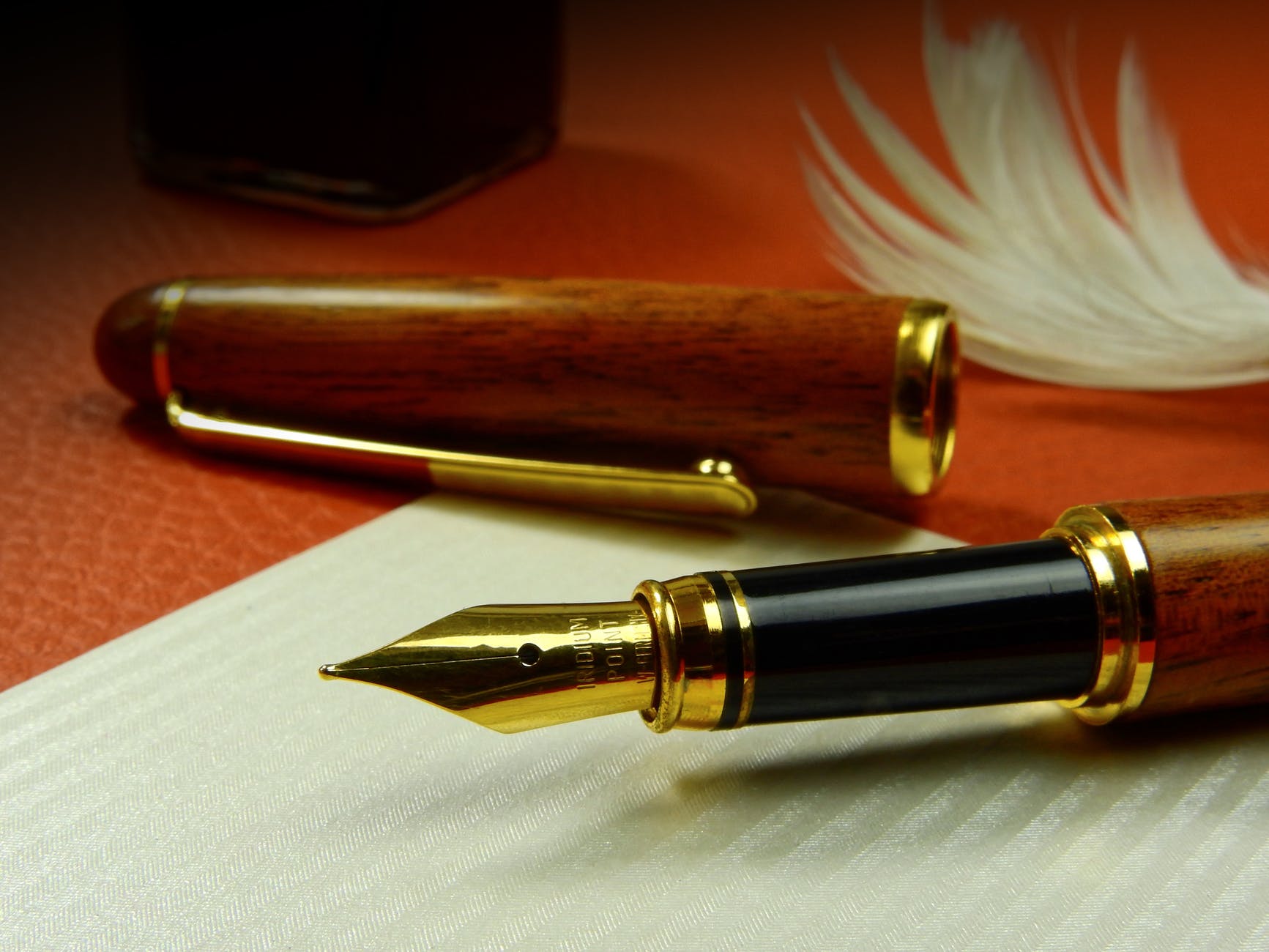

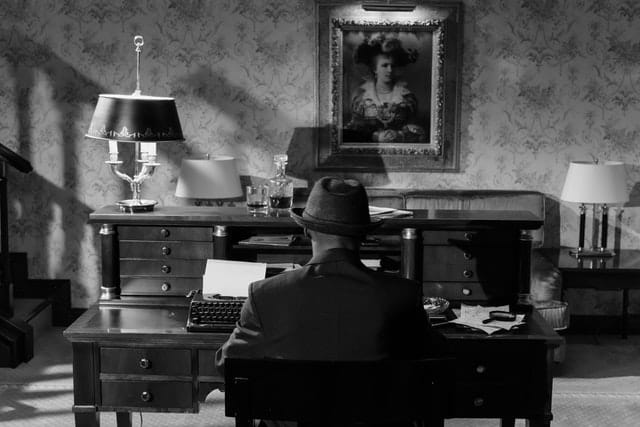



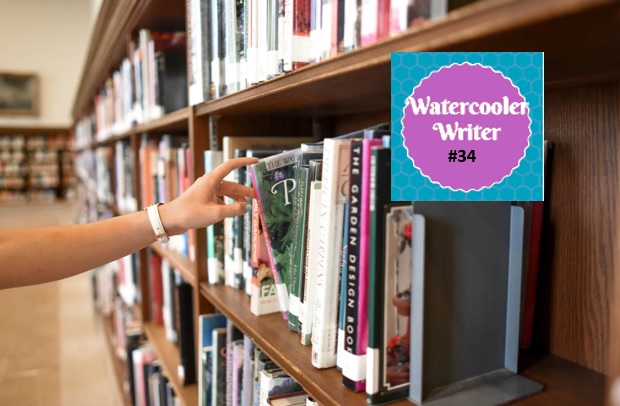

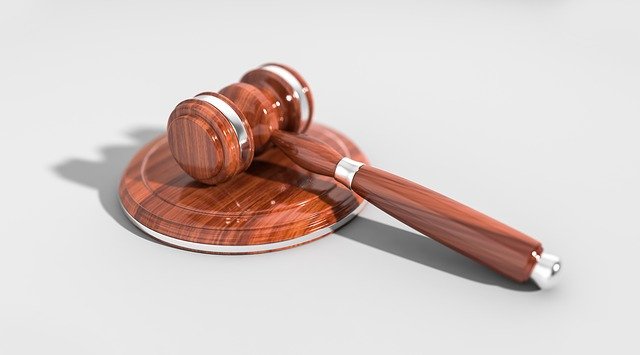




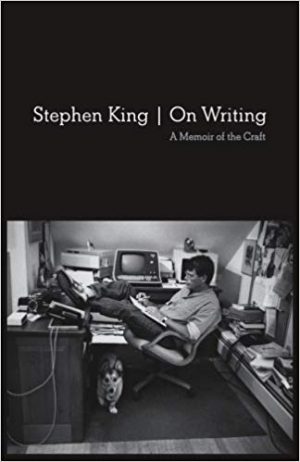 Best known for causing pure terror among his readers, it is no secret that King is a master at his craft. In this fantastic memoir, the author tells stories of his experiences as a writer, while providing some valuable advice for those hoping to follow in his footsteps.
Best known for causing pure terror among his readers, it is no secret that King is a master at his craft. In this fantastic memoir, the author tells stories of his experiences as a writer, while providing some valuable advice for those hoping to follow in his footsteps.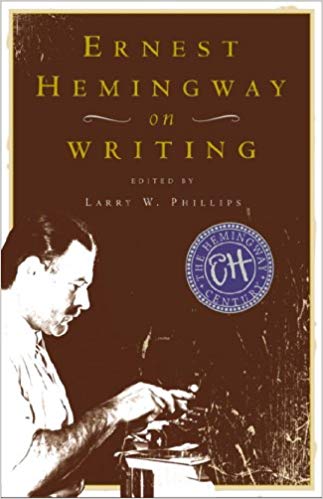 While Hemmingway never actually wrote a book giving writing advice, he did share his insights about the topic in various commissioned articles and letters to his publishers, agents, and friends. Those insights have been complied into this great book, which is a true inspiration for aspiring writers and professionals alike.
While Hemmingway never actually wrote a book giving writing advice, he did share his insights about the topic in various commissioned articles and letters to his publishers, agents, and friends. Those insights have been complied into this great book, which is a true inspiration for aspiring writers and professionals alike.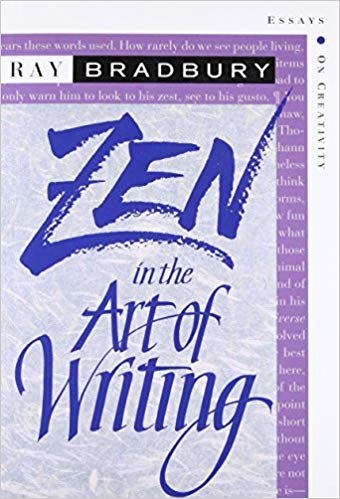 The author, best known for his book Fahrenheit 451, wrote this inspirational piece about the lessons he has learned during his long and successful career. While Bradbury primarily writes science-fiction, this book provides some great advice for all writers, regardless of preferred genre.
The author, best known for his book Fahrenheit 451, wrote this inspirational piece about the lessons he has learned during his long and successful career. While Bradbury primarily writes science-fiction, this book provides some great advice for all writers, regardless of preferred genre.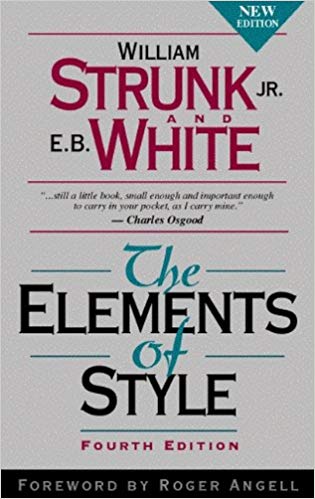 This is “must-read” for anyone who wishes to make a living as a writer. This well-known writing guide is a valuable source for teaching aspiring writers how to communicate clearly and effectively in their writing.
This is “must-read” for anyone who wishes to make a living as a writer. This well-known writing guide is a valuable source for teaching aspiring writers how to communicate clearly and effectively in their writing.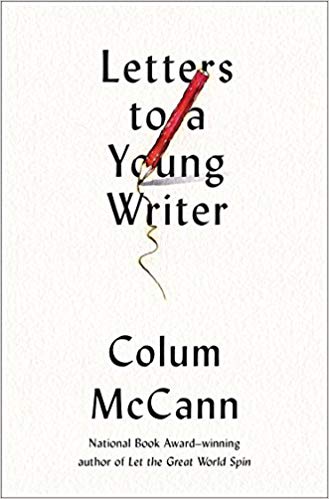 This brilliant book by Colum McCann is a collective “how to” guide on becoming a writer. From writing dialogue and developing characters, to finding an agent and publishing, this book is full of invaluable advice for aspiring writers.
This brilliant book by Colum McCann is a collective “how to” guide on becoming a writer. From writing dialogue and developing characters, to finding an agent and publishing, this book is full of invaluable advice for aspiring writers.
